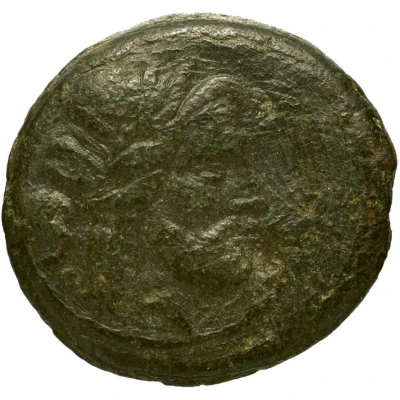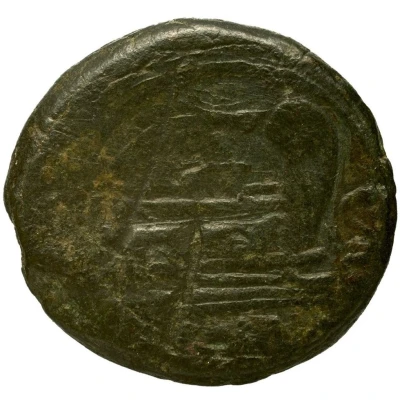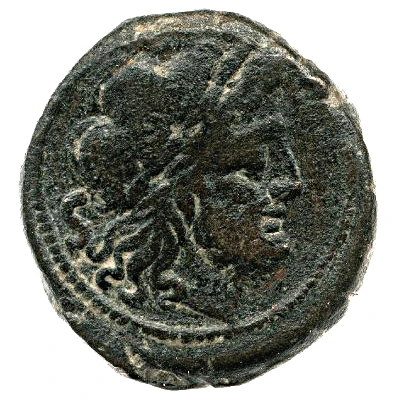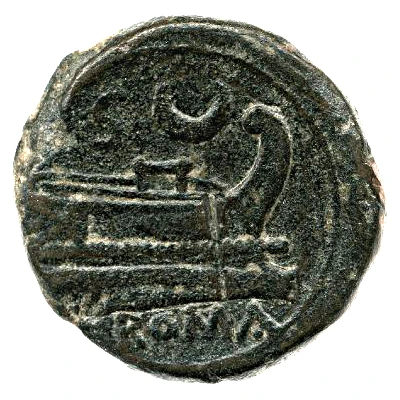


© Bibliothèque nationale de France / Gallica
Semis Branch; ROMA 209 BC - 208 BC
| Bronze | 22.60 g | 31.5 mm |
| Issuer | Rome › Roman Republic (509 BC - 27 BC) |
|---|---|
| Period | Republic (509 BC - 27 BC) |
| Type | Standard circulation coin |
| Years | 209 BC - 208 BC |
| Value | Semis (1⁄20) |
| Currency | Denarius of 10 Asses (221 – 141 BC) |
| Composition | Bronze |
| Weight | 22.60 g |
| Diameter | 31.5 mm |
| Shape | Round (irregular) |
| Technique | Hammered |
| Orientation | Variable alignment ↺ |
| Demonetized | Yes |
| Updated | 2024-10-06 |
| Numista | N#386375 |
|---|---|
| Rarity index | 100% |
Reverse
Prow, right. Before, denominational mark. Above, mark (branch).
Script: Latin
Lettering: S
Comment
Minted in SicilyInteresting fact
The Semis coin was used during a time of significant economic and political change in ancient Rome. The Roman Republic was transitioning from a primarily agricultural economy to a more industrialized one, and the introduction of new coinage like the Semis helped to facilitate this change. The Semis was equivalent to half of a Roman "denarius," which was the standard unit of currency at the time, and it featured an image of a bust of Rome's legendary founder, Romulus, on one side and a picture of a wolf on the other. The wolf was a symbol of the city of Rome and represented the legend of Romulus and Remus, who were said to have been raised by a wolf. This coin is a rare and valuable artifact that provides a glimpse into the economic and cultural practices of ancient Rome during a time of great change and growth.

